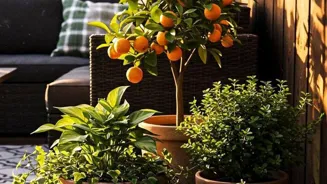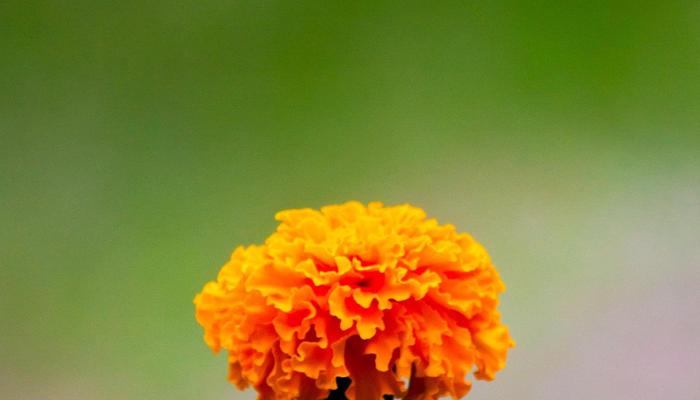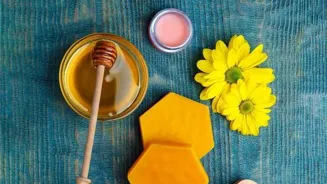Unveil the Magic of Herbal Gardening: Cultivate 5 Essential Plants! Delve into the realm of nature's wonders
In the hustle-bustle of our city lives, we often forget the simple joys of nature. Imagine stepping
out into your own little green space, filled with the fragrant aroma of fresh herbs.
Herbal gardening isn't just a trend; it's a return to our roots, a way to connect with nature, and a fantastic source of healthy ingredients for your daily life. Plus, it's surprisingly easy to get started!
Whether you have a sprawling garden or just a sunny balcony, you can cultivate a thriving herbal haven. Let’s explore five must-have herbs that are easy to grow and offer amazing benefits.
Gardening can start small, a single herb can bring a feeling of warmth and satisfaction.
Every Indian household respects the use of Ayurveda and herbal benefits from nature's bounty. Herbs hold a sacred value in our cultural and traditional upbringing. Plants like Tulsi and Mint are common in all Indian household. Gardening also makes your mind calm and at peace.
A step away from the mechanical life to a soothing natural environment.
Tulsi (Holy Basil): The Queen of Herbs
No Indian garden is complete without Tulsi, also known as Holy Basil. This sacred plant isn't just revered for its religious significance; it's also a powerhouse of medicinal properties. Tulsi is known for its ability to boost immunity, relieve stress, and act as a natural antiseptic.

There are primarily two types of Tulsi commonly grown: Rama Tulsi (lighter green leaves) and Krishna Tulsi (darker purple leaves). Both varieties have similar benefits, though Krishna Tulsi is often considered more potent.
Growing Tulsi is remarkably easy. You can start from seeds or cuttings.
Choose a sunny spot that receives at least 6 hours of sunlight daily. Tulsi prefers well-drained soil, so make sure your pot or garden bed has good drainage. Water regularly, especially during the summer months, but avoid overwatering, which can lead to root rot.
Pinch off the flower spikes regularly to encourage bushier growth and more leaves. You can use Tulsi leaves fresh in your chai, add them to your bathwater, or even dry them for later use in herbal teas.
During cold and cough, Tulsi leaves are boiled in water and the steam is inhaled to relieve the systems. Tulsi also keeps mosquitoes away, this makes it one of the most beneficial plants to have in your garden. Moreover, it purifies the surrounding air.
Mint (Pudina): The Refreshing Delight
Mint is a versatile and refreshing herb that’s incredibly easy to grow, sometimes almost too easy! It’s known for its vigorous growth, so it’s best to grow it in a pot to prevent it from taking over your entire garden.
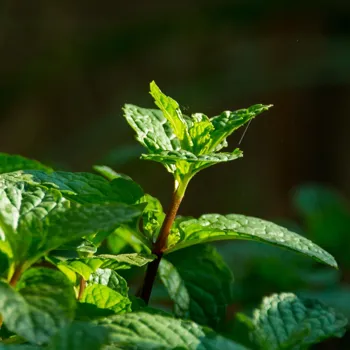
There are several varieties of mint, including peppermint, spearmint, chocolate mint, and even apple mint, each with its unique flavor and aroma. Mint is excellent for digestive health, relieving headaches, and freshening breath.
To grow mint, choose a pot with good drainage and fill it with well-draining soil. Mint thrives in partial shade, so a spot that receives morning sun and afternoon shade is ideal. Water regularly to keep the soil moist, but not waterlogged. Harvest the leaves frequently to encourage new growth.
Mint is fantastic in chutneys, raitas, and refreshing drinks like lemonade and iced tea. You can also dry mint leaves for use in teas or as a fragrant addition to potpourri. Mint is very helpful in summers to keep your body cool.
A glass of mint juice will help you stay active and hydrated throughout the day. Mint leaves are also very effective to treat acne.
Coriander (Dhaniya): The Culinary Staple
Coriander, or Dhaniya as it's commonly known in India, is an indispensable herb in Indian cooking. Both the leaves and the seeds are used extensively in various dishes, adding a fresh and aromatic flavor.
Coriander is a good source of vitamins and antioxidants and is believed to aid digestion and lower cholesterol.
Coriander can be grown from seeds. Soak the seeds in water overnight to improve germination. Sow the seeds directly into a pot or garden bed in a sunny location with well-drained soil.
Coriander prefers cooler temperatures, so it’s best to plant it in the early spring or late summer. Water regularly and harvest the leaves as needed. Be careful not to overwater, as this can lead to fungal diseases.
If you want to harvest coriander seeds (dhania seeds), allow the plant to flower and the seeds to dry on the plant before harvesting. Coriander is a must have in every Indian household. It is used as garnish in almost every dish.
Curry Leaf (Kadhi Patta): The Aromatic Flavor Enhancer
Curry leaves are an essential ingredient in South Indian cuisine, adding a unique flavor and aroma to dishes like sambar, rasam, and curries.
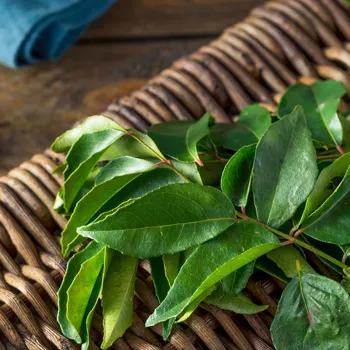
These shiny, fragrant leaves are also packed with antioxidants and are believed to have medicinal properties, such as controlling blood sugar and improving digestion.
Growing curry leaves can be a bit more challenging than the other herbs, but it's definitely worth the effort.
You can start from seeds or cuttings, but the easiest way is to buy a small plant from a nursery. Curry leaves prefer a warm, sunny location with well-drained soil. Water regularly, but avoid overwatering. Prune the plant regularly to encourage bushier growth.
You can use curry leaves fresh or dried in your cooking. To dry curry leaves, simply spread them out on a tray in a cool, dry place until they are completely dried. These have a very distinctive smell and flavour, they enhance the dishes in a good way.
Ginger (Adrak): The Spicy Healer
While technically a rhizome (underground stem), ginger is widely used as an herb for its pungent flavor and medicinal properties. Ginger is known for its ability to relieve nausea, reduce inflammation, and boost immunity. It's a staple in Indian teas, curries, and traditional remedies.
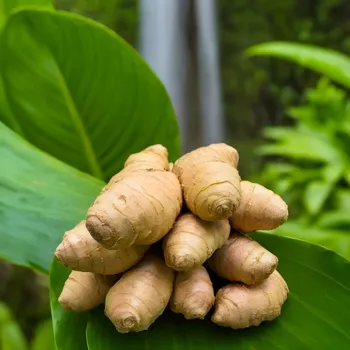
Growing ginger is surprisingly easy. You can start from a piece of ginger root purchased from the grocery store. Choose a piece of ginger that has several "eyes" or buds. Soak the ginger in water overnight, then plant it in a pot or garden bed in a warm, shady location with well-drained soil.
The eyes should be pointing upwards. Water regularly and keep the soil moist. Ginger prefers warm and humid conditions. Harvest the ginger after about 8-10 months, when the leaves start to turn yellow and dry. You can use ginger fresh, dried, or powdered in your cooking and drinks.
During winters, ginger tea is commonly consumed to keep the cold and flu away. Ginger when taken at the first instance of a cold will help you recover faster.
These five herbs are a great starting point for creating your own herbal garden.
With a little care and attention, you can enjoy the fresh flavors and health benefits of these wonderful plants right at your fingertips. So, get your hands dirty and discover the joys of herbal gardening! Happy gardening!
AI Generated Content. Glance/InMobi shall have no liability for the content